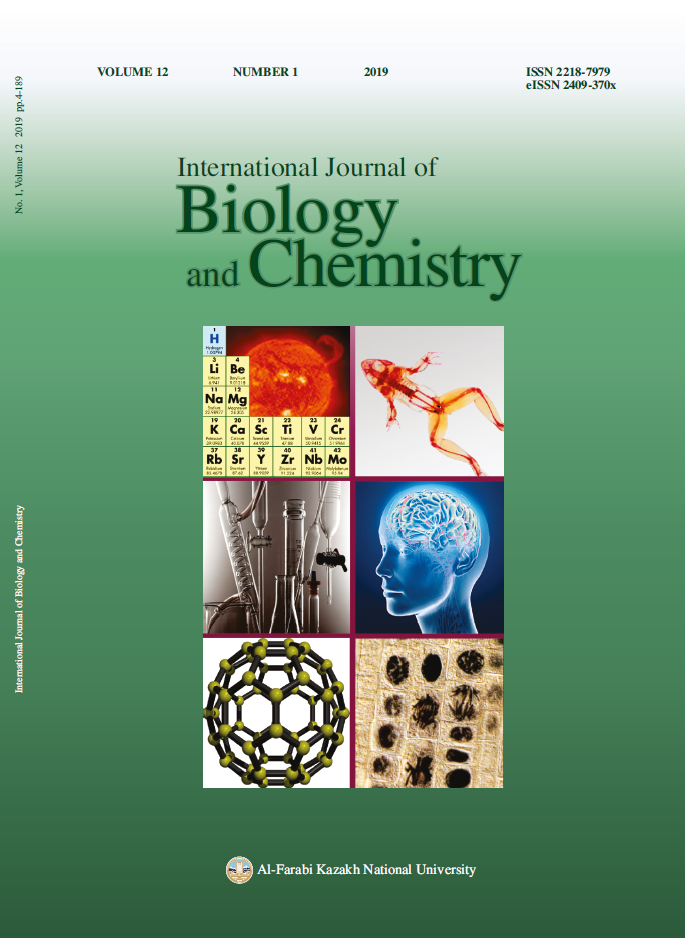Anatomy of the vegetative organs of rare and endangered species Crambe tatarica Sebeok. (Brassicaceae) growing in the conditions of the Aktobe region
DOI:
https://doi.org/10.26577/ijbch-2019-1-i10Abstract
The article presents the results of a study of the anatomy of the vegetative organs (roots, leaves and petioles) of rare and endangered plant species Crambe tatarica Sebeok, growing in the Aktobe region of Kazakhstan. The studied plants were collected from two populations: the first population was found in the chalk mountains of Akshatau, in the vicinity of the village of Koktogay, the Wilsky district, and the second population was found in the chalk mountains of Ishkargantau, the village of Karabulak, the Khobdinsky district. This species belongs to mesoxerophytes and calcephytes. According to the available literature, in Kazakhstan C. tatarica has the status of 3b (R) – rare, relict species. Some representatives
of the genus Crambe L. are important economic species because they are oilseed, melliferous, fodder and medicinal plants. Study of the roots of C. tatarica revealed the presence of the phloem parenchyma, radial rays, xylem parenchyma and cells of a mechanical tissue, brachisclereids. In the internal structure of leaf numerous starch grains were noted in the parenchyma; brachisclereides were often found on periphery of the leaf, and sclerenchyma cells were apparent in the center of vascular bundles. Large number of vascular bundles was noted in the petioles; the outer wall of the epidermis cells was thickened. In the studied organs, no large cells with a liquid content were found. The obtained information on features of the anatomical structure of roots, leaves and petioles of C. tatarica will be used in the future for diagnostics of the raw plant material, and in the studies of its phytochemical composition.
Downloads
How to Cite
Issue
Section
License
ааа





